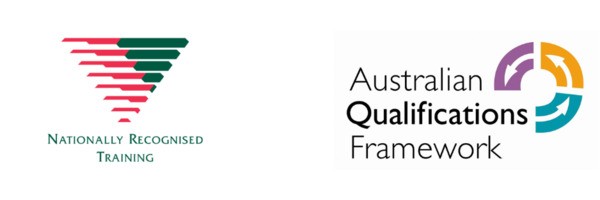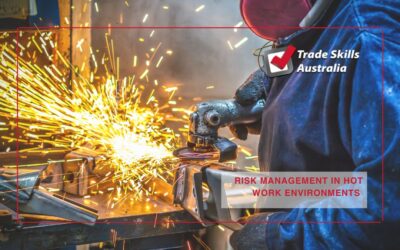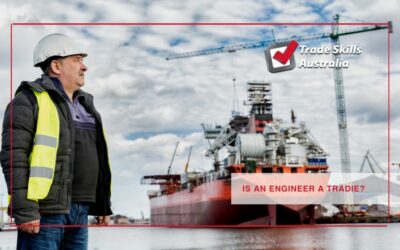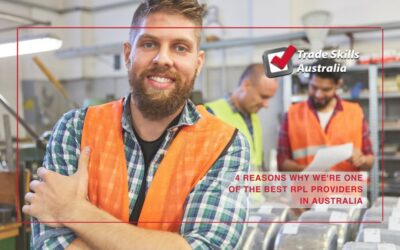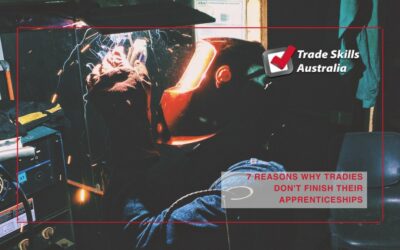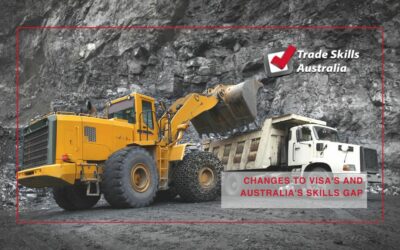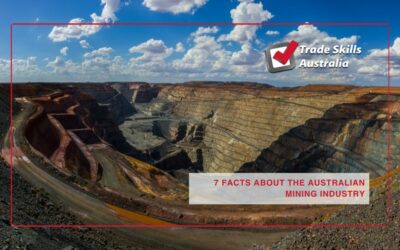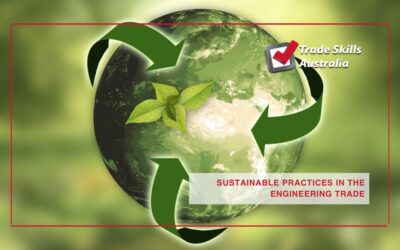The Australian trade industry is booming, offering exciting and stable opportunities for people ready to get hands-on and build something real. If you're wondering how to start a trade career, you’re not alone. Many Australians are recognising that skilled trades are...
Tags
Locations
Qualifications
Broker vs RTO
May 6, 2025
In a world where trust is paramount, Trade Skills Australia stands as a beacon of reliability and excellence amidst the noise of dubious RTOs. Our commitment to upholding the highest educational standards is reflected not only in our impeccable ASQA audit results but also in the heartfelt testimonials from our students who have transformed their careers through our programs. With a focus on integrity and quality, we are dedicated to providing you with the skills and recognition you need to thrive in the competitive job market, ensuring that every qualification you earn with us is a testament to your hard work and dedication. So, are Trade Skills Australia dodgy? Not a chance!
Perth’s Automotive Industry is Hiring – Get Your RPL Certification to Stay Competitive
Apr 2, 2025
If you’re an automotive tradie in Perth, now is the time to take advantage of the booming industry. With skilled workers in high demand, there are plenty of opportunities but without the right qualifications, you could miss out on better jobs, higher pay, and...
ASQA Audit
Mar 5, 2025
In a world where trust is paramount, Trade Skills Australia stands as a beacon of reliability and excellence amidst the noise of dubious RTOs. Our commitment to upholding the highest educational standards is reflected not only in our impeccable ASQA audit results but also in the heartfelt testimonials from our students who have transformed their careers through our programs. With a focus on integrity and quality, we are dedicated to providing you with the skills and recognition you need to thrive in the competitive job market, ensuring that every qualification you earn with us is a testament to your hard work and dedication. So, are Trade Skills Australia dodgy? Not a chance!
Working in Hot Environments
Aug 18, 2023
What do you need to know about working in hot environments?
Is an Engineer a Tradie?
Aug 18, 2023
We decided to lay it all out and answer the question, is an engineer a tradie?
Advantages and Disadvantages of FIFO Work
Aug 18, 2023
Ever wondered if FIFO work is for you? We’ve been doing our research and have come up with 6 advantages and disadvantages of FIFO work in Australia. If you’ve ever wondered if FIFO work is the step in your career you’re looking for, you’ve come to the right place. Let’s dive in!
4 Reasons Why we’re one of the Best RPL Provides in Australia: TRADE SKILLS AUSTRALIA
Aug 18, 2023
4 reasons why we’re one of the best RPL providers in Australia: Trade Skills Australia
7 Reasons why Tradies don’t Finish their Apprenticeships
Aug 18, 2023
At some point in our lives, there are things that may not turn out to be what we expected. Whether it is what we want or not, some things are just not meant to be. And this, too, goes with the apprenticeship.
How changes to Visas will help Australia’s Skills Gap
Aug 18, 2023
You may have heard that Australia is experiencing a national skills crisis, but what many don’t want to acknowledge is that there may be a simple solution to the problem.
7 Fast Facts about the Australia Mining Industry
Aug 18, 2023
The Australian mining industry is the pillar of the Australian economy. Yes, we are the world’s largest producer of the key mineral commodities
Sustainable Practises in the Engineering Trade
Aug 18, 2023
With sustainability such a hot topic in the world right now, especially when it comes to the mining and engineering industry, people are wondering how those industries plan on making their practices more sustainable?

